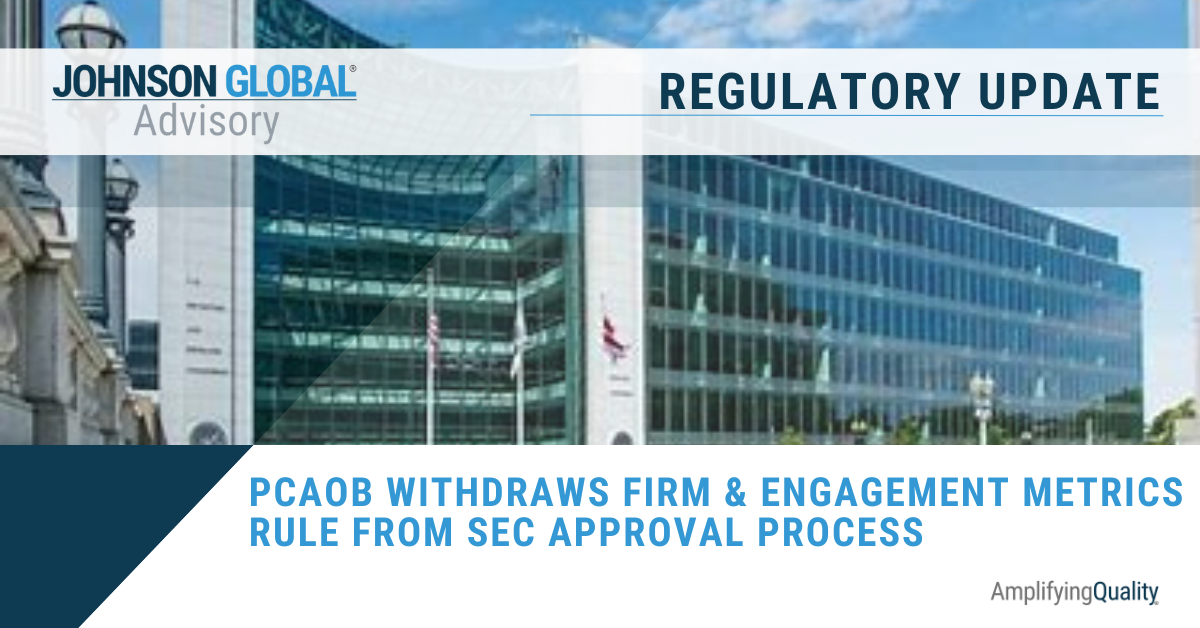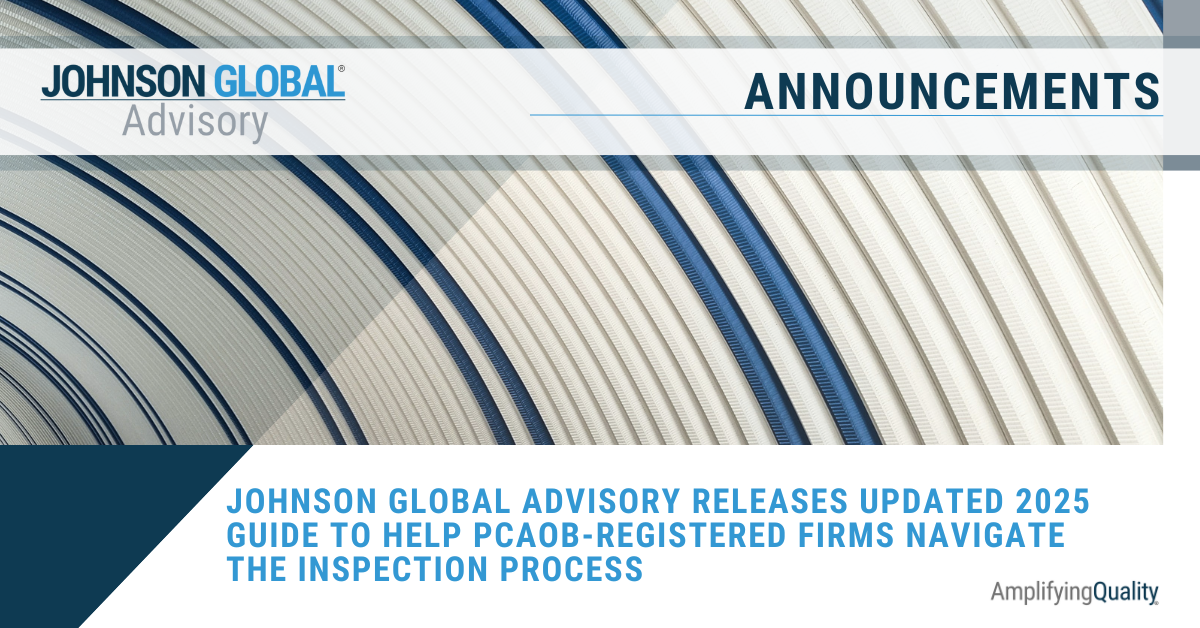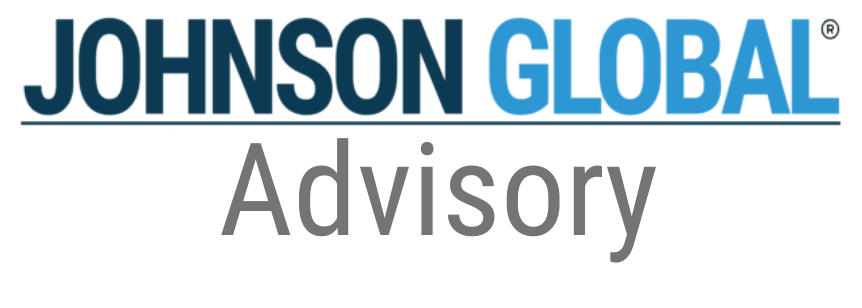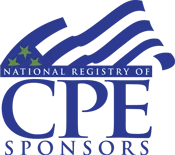Firm and Engagement Metrics: Getting a Head Start

Firm and Engagement Metrics: Getting a Head Start
*** Please see the updated information on the PCAOB Firm & Engagement metrics Rule change. Click here.
Introduction
As regulatory requirements in the accounting profession continue to evolve, accounting firms are facing new challenges in ensuring compliance with quality management standards. One of the most significant changes comes with the adoption of the PCAOB’s QC 1000 and the associated Firm and Engagement Metrics requirements, which aim to increase transparency and accountability within the auditing process. These new requirements are set to provide critical data on a firm’s operations and other factors that can inform audit quality, including partner involvement, workload distribution, and other factors.
In this article, we’ll explore the challenges and opportunities firms face as they begin collecting the information necessary for firm and engagement metrics. We’ll also provide actionable steps that, in concert with implementation of QC 1000 / ISQM 1 / SQMS 1, firms can take to ensure they’re ready for compliance, with a focus on the key areas highlighted in recent industry discussions.
1. Quality Management Implementation: Bridging Internal and External Requirements
Key Insights:
A major challenge shared by our clients was the distinction between internal quality management (QM) processes and external regulatory requirements. Firms are finding it difficult to ensure that the information they provide to regulators will be complete and accurate. The requirement to report accurate and non-misleading information to external parties under QC 1000, such as firm and engagement level metrics necessitates a shift in how firms view and manage data internally.
Action Items for Firms:
- Ensure Data Accuracy: Firms must evaluate their quality management system to ensure they are designed to meet the requirements for accurate and non-misleading information. This is crucial as QC 1000 requires firms to communicate data to external parties that is accurate and complete.
- Implement Data Tracking Systems: Develop systems to track and report data, ensuring that the information provided to external parties, including regulators aligns with quality management objectives. This may require new systems or modifications to existing systems.
- Evaluate Communication Processes: Firms should focus on improving or implementing communication processes to ensure that all external communications, especially those with regulators, meet the high standards of accuracy and clarity mandated by QC 1000.
2. Comparability of Metrics Among Accounting Firms
Key Insights:
The introduction of standardized firm and engagement metrics is designed to increase comparability and accountability across accounting firms. This allows regulators, investors, and stakeholders to evaluate firms based on consistent data. However, there are concerns about how these metrics might influence firm selection by audit committees and whether these metrics alone tell the full picture to accurately represent audit quality.
Action Items for Firms:
- Adopt Standardized Metrics: Firms should ensure that their reported metrics align with the prescriptive guidelines outlined in the adopted Firm and Engagement Metrics Rule. This includes applying the defined roles in a consistent manner (such as engagement partners and managers) and calculating metrics consistently across all engagements.
- Prepare for External Scrutiny: Be aware that these metrics may not only be scrutinized by regulators but also by audit committees and investors. Firms should ensure that they are accurately capturing and reporting their metrics to avoid misrepresentations.
- Monitor AI Usage in Audits: Consider how AI tools may impact workload calculations and the measurement of audit hours. As AI becomes more prevalent in auditing, firms may need to report on the extent of its use, which could influence workload metrics.
3. Potential Implications of Reporting Metrics
Key Insights:
While firm and engagement-level metrics can provide valuable insights, there are potential risks to firms that are likely to emerge. These include the possibility that the metrics may inadvertently point to root causes of issues in the inspection process, particularly regarding workload and capacity challenges. Additionally, these metrics – coupled with inspection report findings - may influence how audit committees select firms, potentially providing a skewed representation of audit quality.
Action Items for Firms:
- Use Metrics Internally for Root Cause Analysis: Firms should utilize firm and engagement level metrics as reported, when performing internal root cause analysis, identifying potential problems in workload distribution or staffing levels before they escalate.
- Evaluate the Impact on Firm Selection: Be mindful of how these metrics might affect firm selection. Firms should aim to demonstrate the full context behind their metrics to avoid misinterpretations that could impact their reputation.
- Balance Metrics with Qualitative Insights: Firms should complement quantitative metrics with qualitative insights, ensuring a comprehensive picture of their audit quality is presented to external stakeholders.
4. Engaging Stakeholders in the Use of Metrics
Key Insights:
One concern we have heard was the uncertain use of metrics by investors and other stakeholders. While the objective of the PCAOB in the rule-setting process was for investors and audit committees to analyze these metrics, it’s unclear how much weight they will place on the data in making decisions about firms’ audit quality. In the planning process, firms can take charge and shape stakeholder use and effectiveness of the use of firm and engagement metrics shared publicly.
Action Items for Firms:
- Engage with the Investor Community: To better understand how investors will use the metrics, firms should engage more actively with the investor community. This could include attending shareholder meetings and investor calls to gain insights into what data investors prioritize when evaluating audit quality.
- Increase Transparency in Reporting: Firms should be transparent in explaining the context and methodology behind their metrics, helping the clients, audit committees and other stakeholders understand the full context to make informed decisions.
- Ensure Data Relevance: Firms should ask their clients whether the data currently being reported is sufficient, and whether additional data points might be necessary to better assess audit quality and reliability.
5. Getting Started with QC 1000 and Firm Metrics
Key Insights:
As firms begin implementing QC 1000 and collecting firm and engagement level metrics, they face the challenge of ensuring their existing systems are capable of tracking and reporting the required data. Many firms may need to redesign or enhance their internal controls to capture the necessary information accurately.
Action Items for Firms:
- Align QC 1000 with Firm and Engagement Level Metrics Reporting: Firms should carefully review QC 1000’s requirements and align them with the firm and engagement level reporting requirements. Focus on the information and communication component, ensuring that data is collected and reported accurately and consistently.
- Evaluate Current Systems: Firms should assess whether their current systems are capable of tracking metrics such as workload and audit hours. If systems are lacking, firms should plan to either redesign or implement new controls to capture this data accurately.
- Implement Real-Time Monitoring: Firms should adopt real-time monitoring tools that allow them to proactively manage workload issues and other potential risks. This ensures that data is captured and analyzed continuously, improving overall quality management.
- Be Agile and Proactive: QC 1000 requires firms to monitor metrics and adapt to emerging issues. Firms should adopt an agile approach to quality management, ensuring that metrics are not just reported at the end of the period but are actively managed throughout the year.
Conclusion: Preparing for the Future of Quality Management and Firm Metrics
The new QC 1000 and firm and engagement level metrics requirements can represent a significant shift in how accounting firms track, report, and manage audit quality. By adopting these standards, firms can improve transparency, enhance accountability, and demonstrate their commitment to high-quality audits. However, the implementation of these new requirements will require careful planning and investment in both systems and processes.
Firms that act now to align their systems with QC 1000, engage with stakeholders, and monitor their metrics in real-time will be better positioned to meet regulatory expectations and enhance their market reputation. As the industry moves towards more data-driven decision-making, firms that prioritize accuracy, transparency, and continuous improvement will be the leaders in delivering quality audits.
For more information, please contact your JGA audit quality expert.










Johnson Global Advisory
1717 K Street NW, Suite 902
Washington, D.C. 20006
USA
+1 (702) 848-7084

